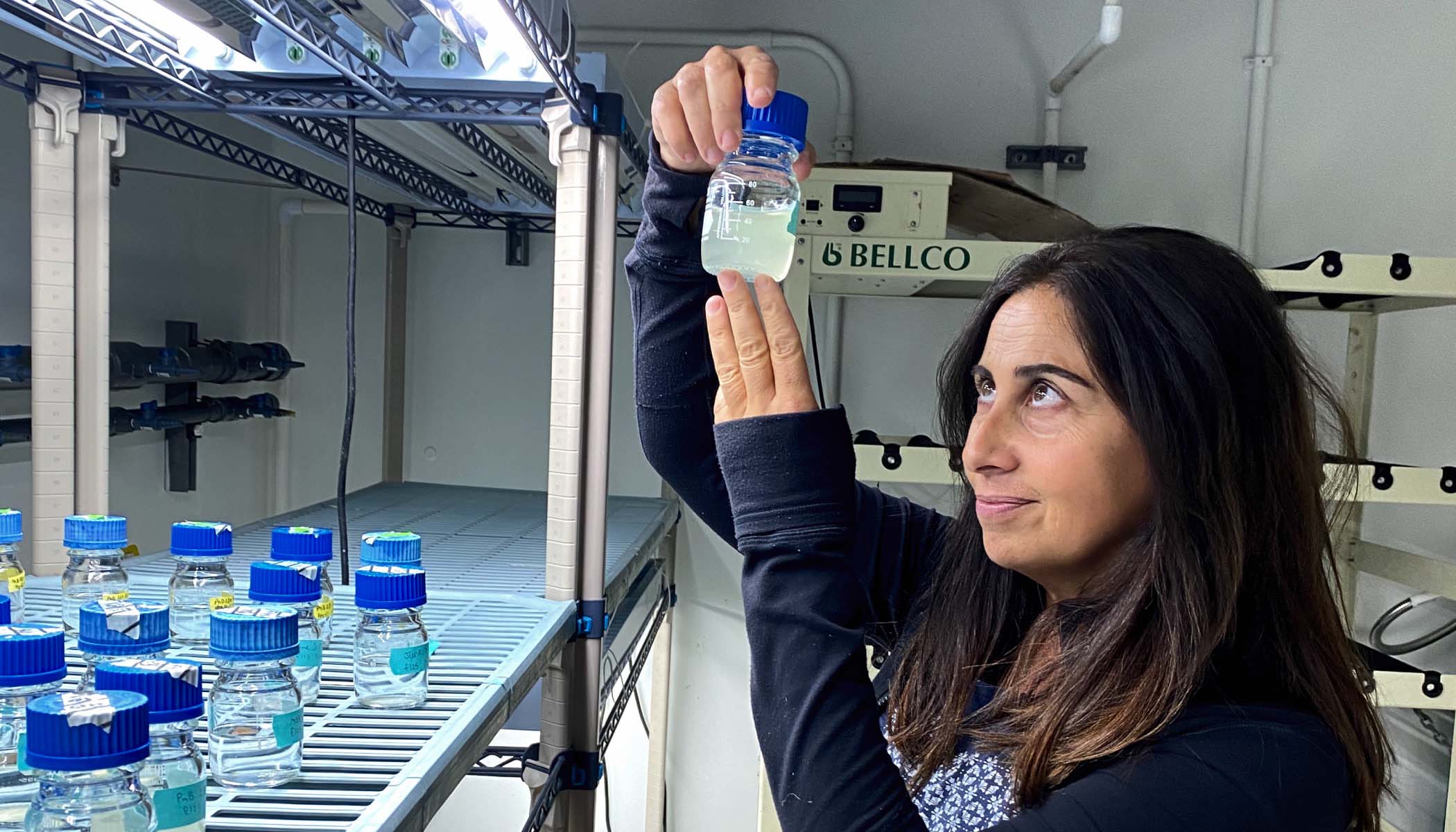Apr 19, 2023 · 7 min read
Revolutionizing Climate Technology: 4 Innovative Approaches You Should Know About
Explore cutting-edge technologies that remove carbon dioxide from the atmosphere.
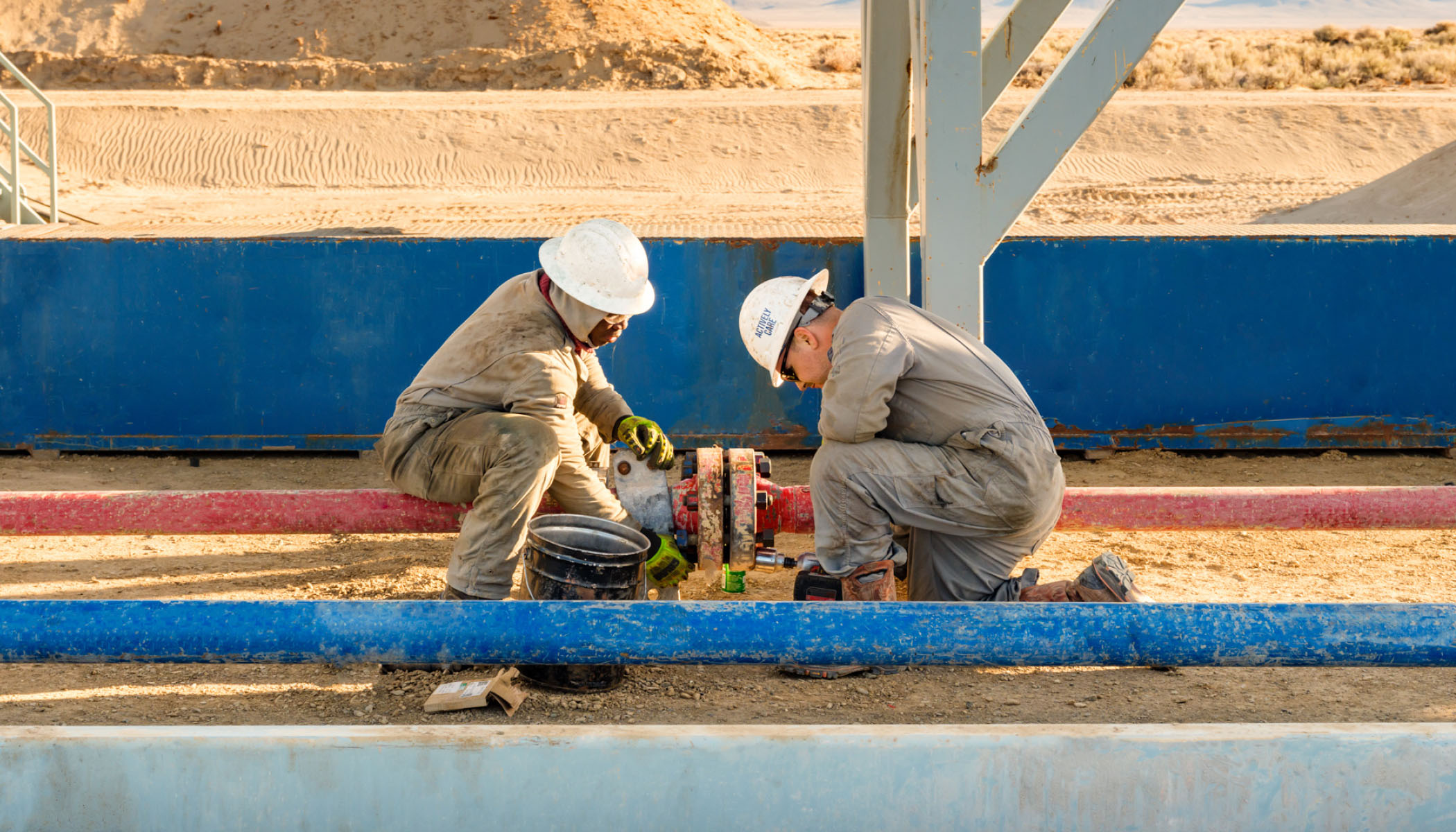
We need to drastically lower our greenhouse gas emissions to avoid a worsening climate crisis and keep our planet’s temperature within safe thresholds. But cutting emissions alone is not enough. According to the latest report from the Intergovernmental Panel on Climate Change, carbon dioxide removal is a necessary part of addressing climate change, alongside the rapid reduction of emissions.
What is carbon dioxide removal (CDR)? It involves pulling carbon dioxide from the atmosphere. There are many ways to do this, but most CDR technologies are expensive and still in the early stages. We have much to learn about the possible environmental and social impacts. These promising technologies could become more commercially viable with the right support and funding to fast-track their research and development. And while any technology has its limitations and trade-offs, supporting a wide range of CDR methods can help the world meet its climate goals.
Here are four innovative approaches to removing carbon dioxide from the atmosphere and how they can help the world combat climate change.
1. Combining the Power of Geothermal Energy With Direct Air Capture
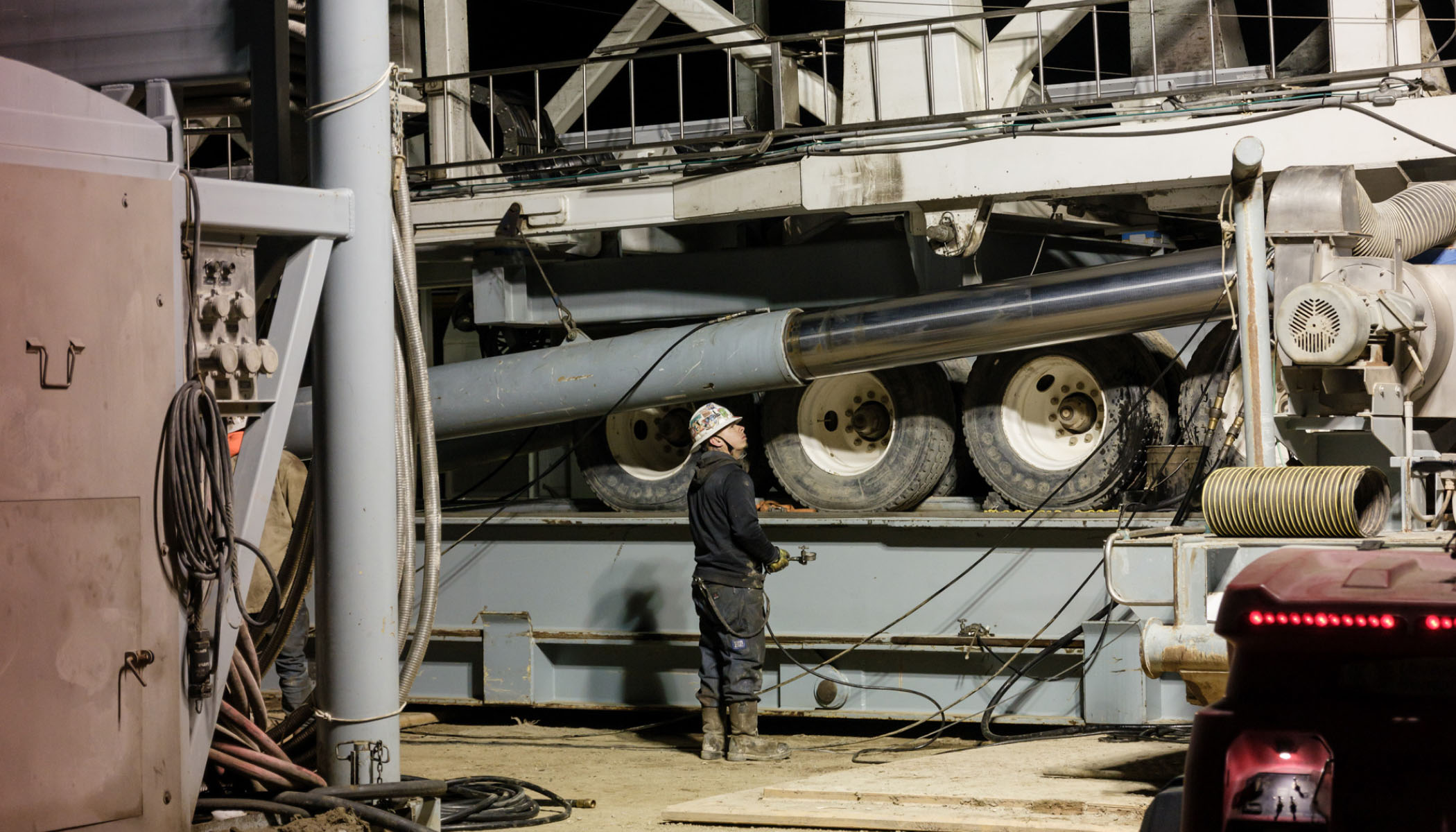
Geothermal power plants pipe steam or hot water from wells drilled deep inside the earth to the surface. This steam or hot water then turns turbines that generate electricity.
Meanwhile, direct air capture (DAC), a method of carbon dioxide removal, relies on large fans to move air over materials that absorb carbon dioxide (CO2). These materials are then heated to release and concentrate CO2, which is stored safely and permanently deep underground or made into long-lasting commercial products such as cement.
While geothermal power plants have existed for decades, DAC technologies are relatively new. What if we can merge established earth-based technologies with novel air-based technologies to lessen the amount of carbon dioxide in the atmosphere? This is what Fervo Energy hopes to accomplish.
The geothermal power developer is set to build a combined geothermal and DAC facility. Fervo Energy is creating detailed engineering designs for a facility that will integrate DAC and geothermal — all in the same plant.
The company is taking advantage of similarities in both technologies. For instance, the cooling fans in geothermal power plants could also be used in DAC. Additionally, geothermal energy could be harnessed to power DAC, which requires large amounts of energy. Beyond that, geothermal power provides a clean, renewable source of energy.
Coupling geothermal power with DAC will lead to improved efficiencies in both the DAC and geothermal energy processes. More importantly, bringing both technologies together will provide a way to generate carbon-free electricity while also reducing CO2 in the atmosphere.
2. Enhancing the Ability of Plants To Capture and Store More Carbon

Planting more trees is a natural carbon dioxide removal method. But what if we could supercharge plants and soils to remove carbon from the atmosphere?
That’s what the Innovative Genomics Institute (IGI) aims to achieve with its CRISPR-enabled CDR research program. The team will use CRISPR gene-editing technology to enable plants to capture more CO2 from the atmosphere and store more of it in their roots and the surrounding soil for longer.
IGI will focus on rice and sorghum to start, which could benefit the low- and middle-income communities that rely on these crops. The team estimates these enhanced crops could capture up to 1.4 billion metric tons of carbon dioxide globally each year and store captured carbon for longer periods.

Researchers will identify which genes to edit so they can:
- Optimize photosynthesis to capture carbon more efficiently.
- Make roots grow deeper to facilitate the flow of carbon underground.
- Enhance the interaction between the roots, soil and organisms in the soil to help turn carbon into more durable forms that get stored longer.
These changes could result in higher yields and reduce the need for irrigation and fertilizer. Moreover, restoring soil carbon could feed beneficial soil microbial communities, enhance nutrient availability and water use efficiency, and improve soil structure.
Explore more: How it Works — Scientific Breakthroughs Explained
3. Cutting Down Concrete’s Carbon Footprint
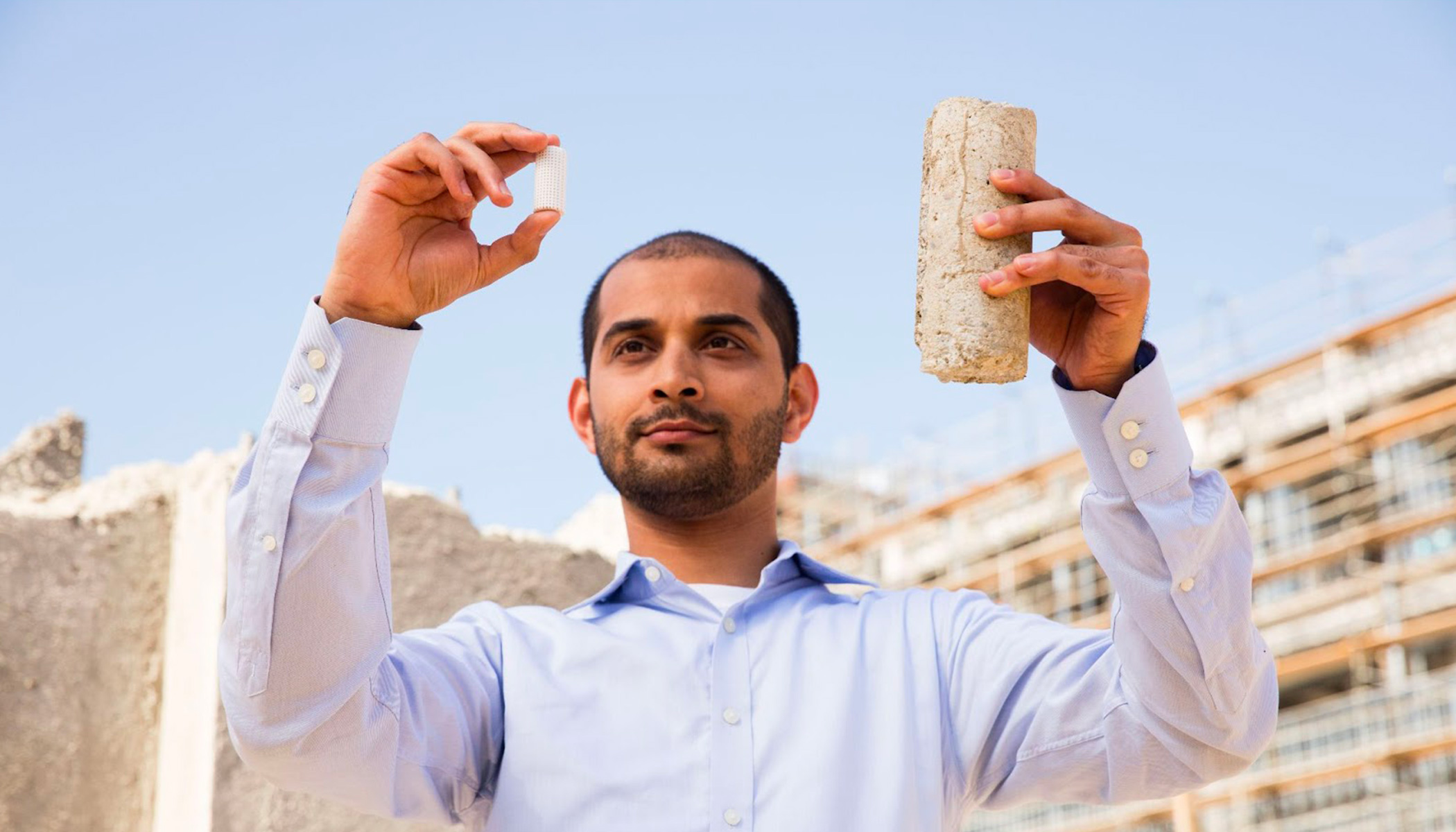
Concrete contributes around 8% to global CO2 emissions, making it one of the world’s largest emitters and hardest-to-abate industries. CarbonBuilt hopes to change that with its climate-friendly recipe for low-carbon concrete.
The company uses carbon dioxide instead of steam to cure (or harden) the concrete mix, taking this CO2 from the atmosphere through the combustion of waste biomass or directly via emerging direct air capture (DAC) technologies. It also substitutes most or all of the cement in the mixture with a proprietary blend of low-cost, low-carbon industrial waste materials. The result is concrete blocks that are as durable as their traditional counterparts yet cost the same and are less carbon-intensive, decreasing the embodied carbon of concrete by 70% to 100%.
CarbonBuilt’s technology is designed to work with existing concrete block plants, with Blair Block in Childersburg, Alabama, being the first concrete manufacturer in the U.S. to adopt the technology. CarbonBuilt has also entered into a partnership to build a first-of-its-kind fully integrated DAC-to-concrete manufacturing facility in Flagstaff, Arizona.
CarbonBuilt is paving the way for a more sustainable construction industry that reduces concrete’s carbon footprint.
4. Restoring the Ocean’s Capacity To Remove Carbon
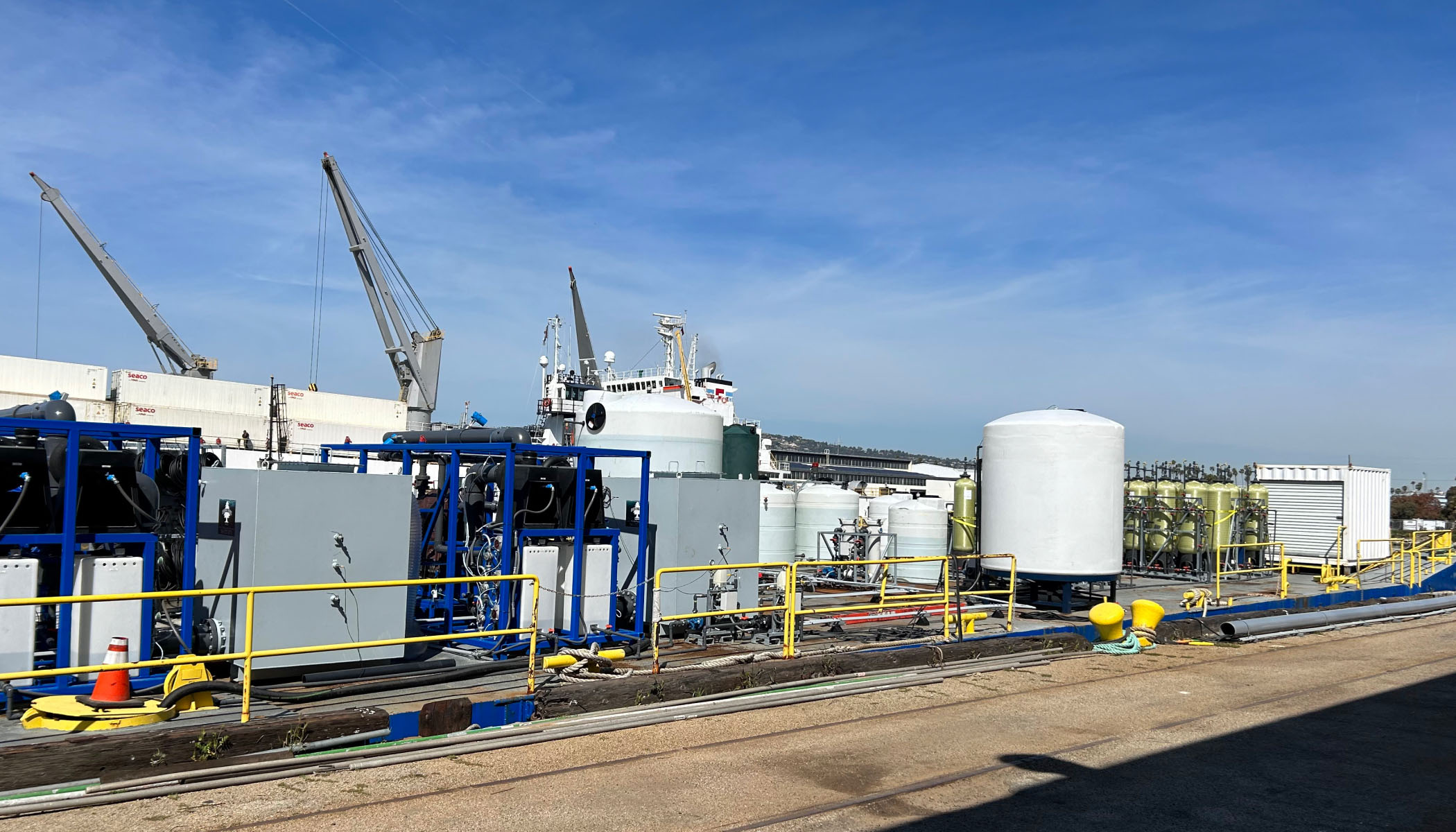
Oceans absorb around 31% of our carbon dioxide emissions, making them one of the world’s largest carbon sinks. But increasing emissions are warming our oceans and acidifying their waters, decreasing their ability to take in CO2 and harming marine ecosystems. Project SeaChange — developed by researchers at UCLA — aims to increase the ocean’s capacity to remove carbon dioxide with its seawater-based carbon dioxide removal technology.
The technology extracts carbon dioxide via the oceans by taking seawater and running an electric current through it — a process known as electrolysis — sparking a series of chemical reactions wherein dissolved carbon dioxide combines with minerals to form limestone that durably stores carbon. Hydrogen is also produced as a co-product of the reaction. When seawater is returned to the ocean, it’s primed to absorb more CO2 from the atmosphere.
Now the technology developed by Project SeaChange is being scaled by the startup, Equatic, which is in the final stages of bringing its Los Angeles and Singapore pilot systems online this spring. These pilot systems will allow the team to validate carbon dioxide removal estimates and start accessing carbon credits at scale.
Equatic’s technology will not only result in a large-scale carbon dioxide removal method but will also create a clean source of hydrogen that can be used for energy. By drawing out CO2 from seawater, Equatic has the potential to restore and further enhance the ocean’s capacity to remove carbon dioxide from the atmosphere.
What’s Next for Addressing Climate Change?
We need many more approaches working together to reduce greenhouse gas emissions and remove carbon dioxide from our atmosphere. Meeting the world’s climate goals will take technological advances, financial investments and new policies. Learn more about CZI’s partnerships to create and scale climate and clean energy technologies.





